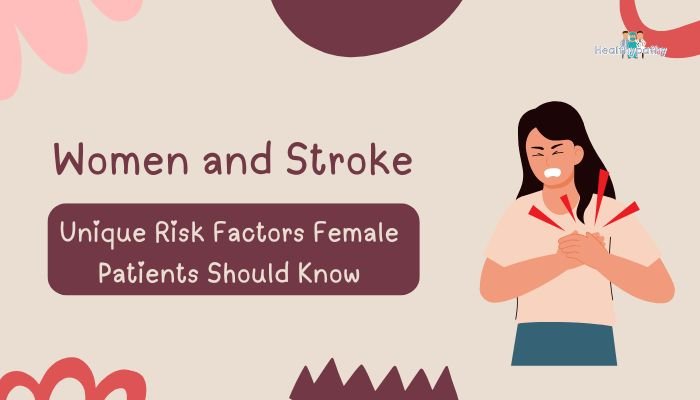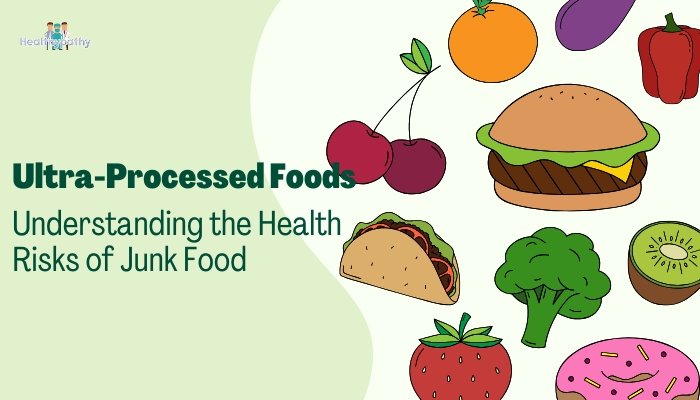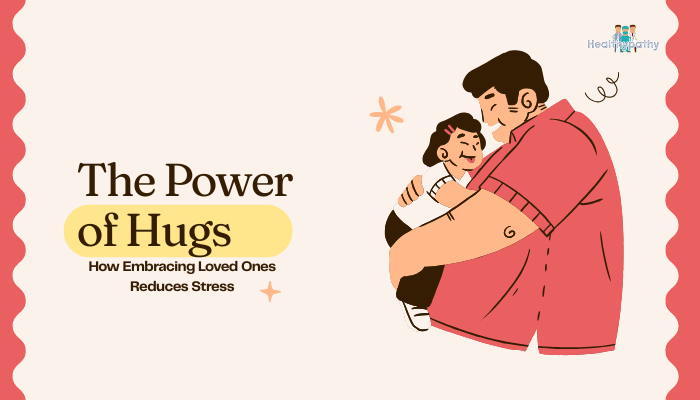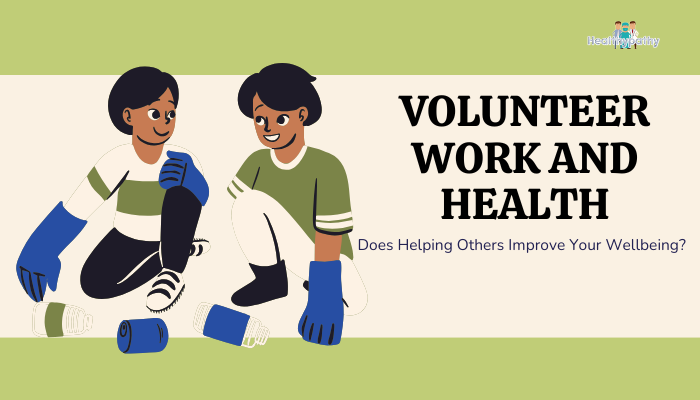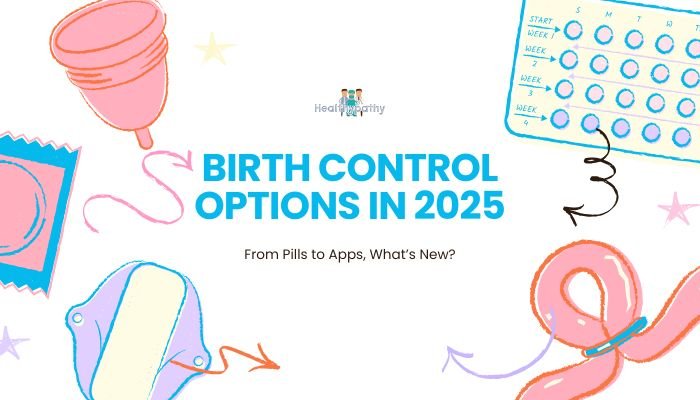Introduction
Stroke is a leading cause of death and disability worldwide, yet many women aren’t aware that their risk can be as high as—or higher than—men’s under certain circumstances. While age, high blood pressure, and smoking remain universal factors, unique female risk factors—including hormone fluctuations, pregnancy complications, and specific medical conditions—can increase the likelihood of a stroke. Recognizing these vulnerabilities is crucial.
This article covers the fundamentals of stroke in women, their special risk factors, how to spot warning signs, and tips to reduce stroke risk. Knowledge equips you to take proactive steps for yourself or the women in your life.
Understanding Stroke in Women
Types of Stroke
- Ischemic Stroke (about 87% of cases): Caused by blocked blood flow to part of the brain, typically by a clot.
- Hemorrhagic Stroke: Involves bleeding into or around the brain when a blood vessel ruptures.
Significance for Women
- Higher Mortality Rates: Women tend to live longer, which increases the pool susceptible to stroke, and may face worse post-stroke outcomes.
- Higher Lifetime Risk: By older age, women generally have a greater cumulative risk due to multiple factors (e.g., hormone impacts, increased prevalence of migraines, longer life expectancy).
Unique Stroke Risk Factors for Women
Hormonal Contraceptives
Birth control pills containing estrogen can elevate stroke risk, particularly if combined with other issues such as smoking or high blood pressure. Modern low-dose options reduce risk but do not eliminate it entirely.
What to Consider
- If you’re over 35 and smoke, the risk intensifies.
- Monitoring blood pressure and discussing safer contraceptive alternatives with your provider is wise if you have pre-existing risk factors (e.g., migraines with aura).
Hormone Replacement Therapy (HRT)
Women using HRT for menopause symptoms—like hot flashes—may see increased stroke risk. Though hormone therapy can ease menopausal discomfort, it must be evaluated carefully:
- Short-Term Use at the lowest effective dose is often recommended.
- Discuss Family History: If stroke or cardiovascular events run in your family, you may need extra caution.
Pregnancy and Complications
Gestational hypertension, preeclampsia, and gestational diabetes raise the odds of future stroke. Additionally, postpartum changes (including blood clotting tendencies) persist for weeks after delivery:
- Regular Prenatal Care: Early detection of preeclampsia or hypertension helps manage them effectively.
- Postpartum Monitoring: Watch for headaches, vision changes, or high blood pressure postpartum.
Migraine with Aura
Women are more likely than men to suffer from migraines, especially migraines with aura—characterized by visual or sensory changes before headache onset. This subset correlates with a higher risk of stroke, particularly if the woman smokes or uses combined hormonal contraception.
Autoimmune Conditions
Autoimmune disorders (like lupus, rheumatoid arthritis) are more prevalent in women and can damage blood vessels or increase clotting, boosting stroke risk. Proactive management of inflammation and close monitoring of cardiovascular health are crucial.
Atrial Fibrillation (AFib)
While not exclusive to women, older women have a higher incidence of atrial fibrillation, an irregular heart rhythm that can cause clots to form and travel to the brain. Women with AFib often fare worse after a stroke, highlighting the importance of early detection and anticoagulation if indicated.
Recognizing Stroke Symptoms
The F.A.S.T. Rule
A quick mnemonic helps identify stroke warning signs:
- F – Face Drooping: Ask the person to smile; check if one side droops.
- A – Arm Weakness: Raise both arms; does one drift downward?
- S – Speech Difficulty: Slurred or strange speech, or inability to speak.
- T – Time to Call 911: Act rapidly if these signs appear.
Additional Red Flags in Women
Women may experience more atypical or less obvious symptoms, such as:
- Sudden Fatigue: Overwhelming tiredness or confusion.
- General Weakness: Not limited to one limb but a sense of heaviness or numbness.
- Hiccups, Nausea, or Chest Pain: Seemingly unrelated symptoms that can signal a stroke involving the brainstem.
- Face or Limb Pain: Rare but possible in certain stroke subtypes.
When in doubt, always seek emergency help—minutes matter.
Prevention and Risk Management
Routine Medical Screenings
- Blood Pressure Checks: Hypertension is the number one stroke risk factor, so aim to keep it under control (<120/80 mmHg ideal).
- Blood Sugar Monitoring: Address elevated glucose or diabetes promptly.
- Cholesterol Tests: Identify and treat high LDL (“bad cholesterol”) levels.
- Atrial Fibrillation Detection: ECG or wearable monitors if palpitations or irregular heartbeats occur.
Lifestyle Adjustments
- Stop Smoking: Tobacco accelerates arterial damage and multiplies stroke risk.
- Maintain Healthy Diet: Focus on fruits, vegetables, whole grains, and limited sodium.
- Stay Active: At least 150 minutes of moderate-intensity physical activity weekly helps control weight and blood pressure.
- Limit Alcohol Intake: Excessive drinking can spike blood pressure. The recommended limit is up to one drink per day for women.
Specific Female-Centric Tips
- Discuss Contraception Choices: If migraines or other risk factors exist, consider progestin-only or non-hormonal methods.
- Manage Menopause Safely: Work with your doctor to weigh the pros and cons of hormone therapy.
- Pregnancy Follow-Up: If you had preeclampsia or gestational diabetes, maintain postpartum checkups. The postpartum period can remain high-risk.
After a Stroke: What Women Should Know
Recovery and Rehabilitation
Post-stroke therapy often involves:
- Physical Therapy: Rebuilds strength, coordination.
- Occupational Therapy: Helps relearn daily skills.
- Speech and Swallowing Therapy: If cognitive or speech areas were impacted.
- Emotional Support: Depression or anxiety frequently accompanies stroke survivors.
Emotional and Social Factors
Women may juggle caregiving, professional roles, or household duties. Post-stroke limitations can significantly alter daily routines:
- Seek Family Help: Delegating tasks ensures you can focus on rehab.
- Join Support Groups: Share experiences, gather coping tips from other survivors.
- Maintain Checkups: Regular neurological and cardiology visits to prevent another stroke.
Conclusion
Strokes are not just a man’s health issue. Women face distinctive risks related to hormones, pregnancy, migraines, and autoimmune conditions. Recognizing risk factors—like high blood pressure, AFib, or migraines with aura—and understanding stroke’s unique symptoms in women can mean faster detection and care. By pursuing healthy lifestyle choices and timely medical advice, women can significantly reduce stroke likelihood and enhance recovery outcomes if one occurs.
Ultimately, consistent preventive steps—monitoring blood pressure, adopting a balanced diet, avoiding cigarettes, and staying aware of personal health changes—serve as powerful tools. Awareness, swift action when spotting signs, and ongoing self-advocacy remain central for women to protect themselves against stroke’s serious threat.
References
- Benjamin EJ, Muntner P, Alonso A, et al. Heart disease and stroke statistics—2021 update: a report from the American Heart Association. Circulation. 2021;143(8):e254–e743.
- Bushnell C, McCullough LD, Awad IA, et al. Guidelines for the prevention of stroke in women. Stroke. 2014;45(5):1545–1588.
- Mosca L, Benjamin EJ, Berra K, et al. Effectiveness-based guidelines for the prevention of cardiovascular disease in women—update. J Am Coll Cardiol. 2011;57(12):1404–1423.
- Arboix A. Differences between women and men in stroke. Rev Neurol. 2020;71(12):501–509.
- Huxley RR, Woodward M. Cigarette smoking as a risk factor for stroke in women compared with men. Stroke. 2011;42(4):1003–1012.
- Miller EC, Gatollari HJ, Too G, Boehme AK, Leffert L, Elkind MS. Risk of pregnancy-associated stroke across age groups in New York state. JAMA Neurol. 2016;73(12):1461–1467.
- Vlasschaert M, Cook DJ, Sigal RJ, Gamble JM, De Vera MA, Jones CA. Hormone therapy and stroke: A narrative review of the evidence. Stroke. 2020;51(6):1735–1743.
- Gyanwali B, Schwenk HT, Crisostomo VM, et al. The role of migraines and hormonal factors in stroke risk. Curr Neurol Neurosci Rep. 2024;24(2):209–217.

